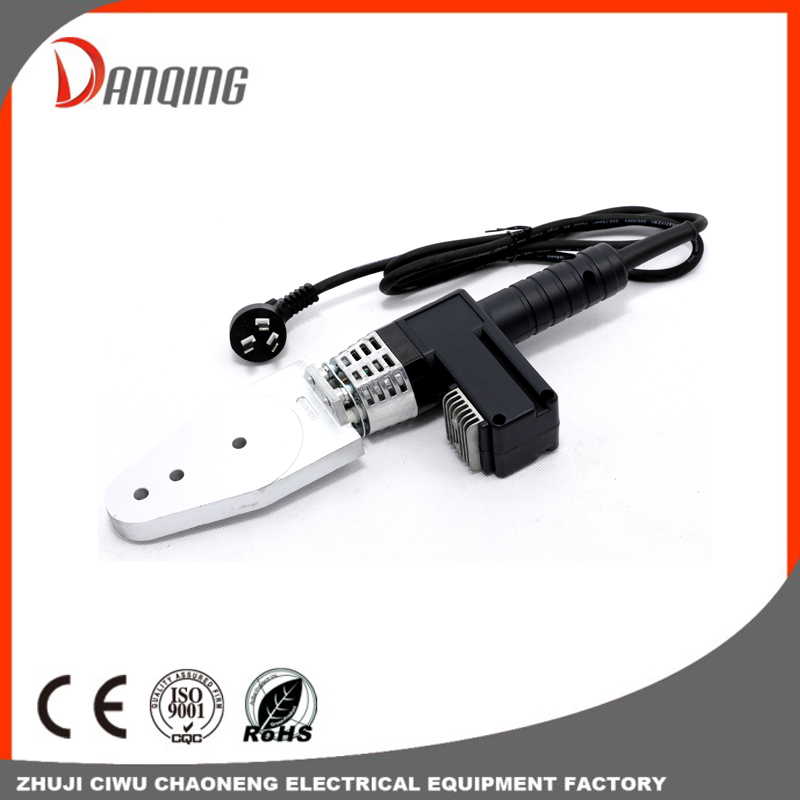Problems encountered when welding copper plates and aluminum plates and precautions for electric welding machines
Problems encountered when welding copper plates and alu […]
Problems encountered when welding copper plates and aluminum plates by welding machines
When the workpiece and the electrode are fixed, the resistance of the workpiece depends on its resistivity. Therefore, the resistivity is an important property of the material to be welded. The metal with high resistivity has poor conductivity and the metal with low resistivity has good conductivity. Therefore, it is easy to produce heat but difficult to dissipate heat when spot welding stainless steel, and it is difficult to produce heat but easy to dissipate heat when spot welding aluminum alloy. When spot welding, the former can use a small current (a few thousand amperes), while the latter must use a large current (a few thousand amperes). Million amps). Resistivity not only depends on the type of metal, but also on the state, processing method and temperature of the metal.
1. The oxide or dirty material layer with high resistivity on the surface of the workpiece and the electrode will greatly hinder the current. Too thick oxide and dirty material layer can even make the current unable to conduct.
2. Under the condition that the surface is very clean, due to the microscopic unevenness of the surface, the workpiece can only form contact points on the rough surface. At the contact point, the current line is gathered. As the current path shrinks, the resistance at the contact is increased.
Because the resistivity and hardness of copper alloys are generally lower than that of workpieces, they seldom have less influence on the formation of nuggets, and we less consider its influence.

Precautions for welding machine
1. For new or long-unused electric welding machines, the insulation resistance between the windings and between the windings and the casing is often greatly reduced due to damp, and it is prone to short-circuit and grounding at the beginning of use, causing equipment and personal accidents. Therefore, use a shaker to check whether the insulation resistance is qualified before use.
2. Before starting the new welding machine, check whether the contactor of the electrical system is in good condition. After it is considered normal, start the trial operation under no load. Only when it is proved that there is no electrical hazard, can it be tested under load, and finally it can be put into normal operation.
3. The DC welding machine should rotate in the specified direction. For those with a fan, pay attention to whether the fan rotates in the correct direction, and blow out from above. In order to achieve the purpose of cooling the welding machine.

